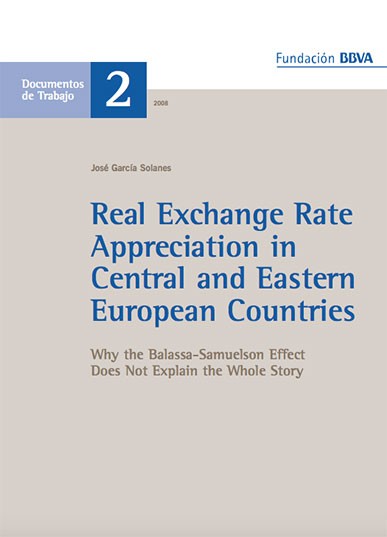
PublicationWorking Papers
Real Exchange Rate Appreciation in Central and Eastern European Countries
Why the Balassa-Samuelson Effect Does Not Explain the Whole Story
This working paper surveys the determinants of the significant real exchange rate appreciations experienced by the currencies of Central and Eastern European (CEE) countries with respect to the euro since the mid 1990s. After analysing the reasons why the Balassa-Samuelson model cannot account for the entire real exchange rate appreciations, the two parts of the model are estimated using quarterly data of six CEE economies, and compared with previous findings in the literature. It is found that relative sector prices cannot explain the variations in the real exchange rates, because continuous increases in the purchasing power of these countries create additional demand for their differentiated tradable goods.
Since tradable goods of these economies are clearly differentiated from those of the euro zone, this phenomenonaccompanied by quality improvements in the tradable sector of these countriescreates steady upward trends in the terms of trade that are channelled into external real exchange rates. Finally, we derive exchange rate policy prescriptions for these countries run-up strategies of towards the euro.
